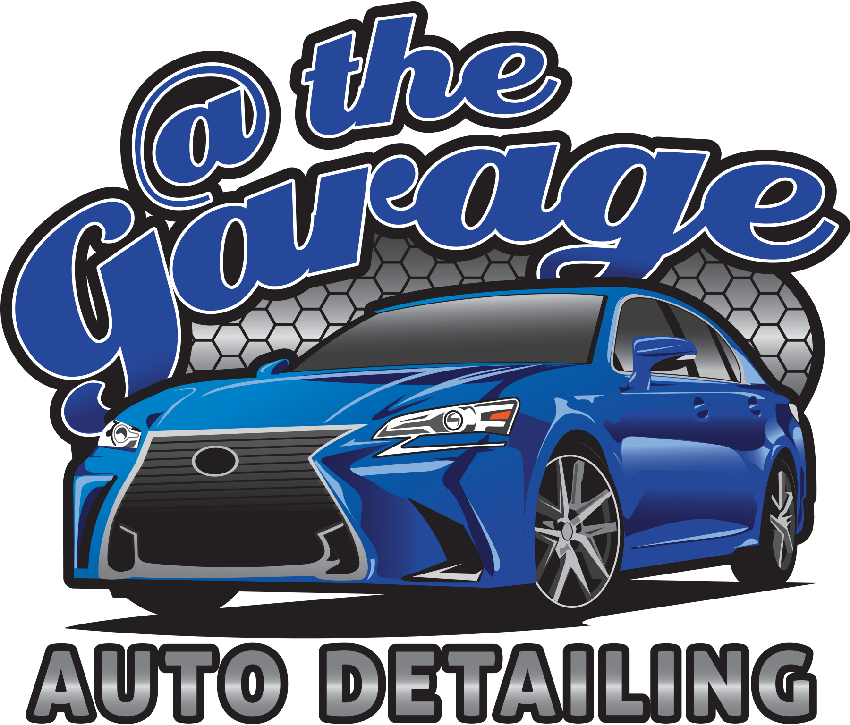
Headlight Restoration
Headlight correction, also known as headlight restoration, is the process of cleaning and restoring the clarity of vehicle headlights that have become cloudy, yellowed, or hazy over time. This not only improves the appearance of the vehicle but also enhances visibility and safety during nighttime driving. Here’s a detailed explanation of headlight correction:
Causes of Headlight Deterioration
- UV Exposure: Prolonged exposure to ultraviolet (UV) rays from the sun can cause the plastic lenses to degrade and become discolored.
- Oxidation: The plastic material can oxidize over time, leading to a cloudy or yellowed appearance.
- Environmental Factors: Road debris, dirt, chemicals, and weather conditions can contribute to the deterioration of headlight lenses.
- Poor Maintenance: Lack of regular cleaning and maintenance can accelerate the aging process of headlights.
Steps Involved in Headlight Correction
Initial Inspection
- Assessment: The headlights are inspected to determine the extent of the damage and the level of restoration needed.
- Surface Cleaning: The headlights are thoroughly cleaned with soap and water to remove surface dirt, grime, and contaminants.
- Wet Sanding: Using various grits of sandpaper (ranging from coarse to fine), the oxidized and damaged outer layer of the headlight lens is sanded away. This step may involve multiple stages of sanding, starting with a coarse grit and progressing to a finer grit.
- Even Sanding: The sanding process is done evenly across the entire surface to ensure a uniform finish and to remove any scratches or imperfections.
- Compounding: A polishing compound is applied to the sanded surface using a polishing pad and machine polisher. This step helps to remove any remaining fine scratches and restore clarity.
- Fine Polishing: A finer polishing compound is used to further refine the surface, enhancing the clarity and transparency of the headlights.
- UV Protection: A UV-resistant sealant or clear coat is applied to the restored headlights to protect them from future UV damage and oxidation.
- Final Inspection: The headlights are inspected to ensure they are clear and free of imperfections.
Benefits of Headlight Correction
Improved Visibility
- Enhanced Light Output: Restored headlights provide better illumination, improving visibility during nighttime and adverse weather conditions.
- Safety: Improved visibility reduces the risk of accidents and enhances overall driving safety.
- Appearance: Restored headlights enhance the overall appearance of the vehicle, making it look newer and well-maintained.
- Value: Headlight restoration can increase the resale value of the vehicle by improving its cosmetic appeal.
- Savings: Headlight correction is a cost-effective alternative to replacing the entire headlight assembly, which can be expensive.
DIY vs. Professional Headlight Restoration
DIY Kits
- Availability: Many headlight restoration kits are available for purchase, containing all the necessary materials and instructions.
- Ease of Use: DIY kits are designed to be user-friendly and can be effective for minor to moderate restoration needs.
- Cost: DIY kits are generally more affordable than professional services.
- Expertise: Professional detailers have the experience and tools to achieve superior results, especially for severely damaged headlights.
- Quality: Professional services often use higher-quality materials and techniques, ensuring a longer-lasting restoration.
- Convenience: Having a professional handle the restoration saves time and effort, and ensures the job is done correctly.
Maintenance Tips
Regular Cleaning
- Keep Headlights Clean: Regularly clean the headlights with soap and water to prevent the buildup of dirt and grime.
- Apply Protectant: Periodically apply a UV-resistant protectant to maintain the clarity and prevent future oxidation.
- Use Gentle Cleaners: Avoid using harsh chemicals or abrasive materials that can damage the headlight lenses.
Headlight correction is an effective way to restore clarity and improve the functionality of vehicle headlights. Whether done through a DIY kit or professional service, it enhances safety, improves the vehicle’s appearance, and is a cost-effective solution compared to replacement.
